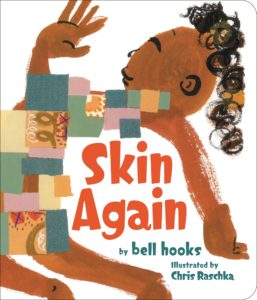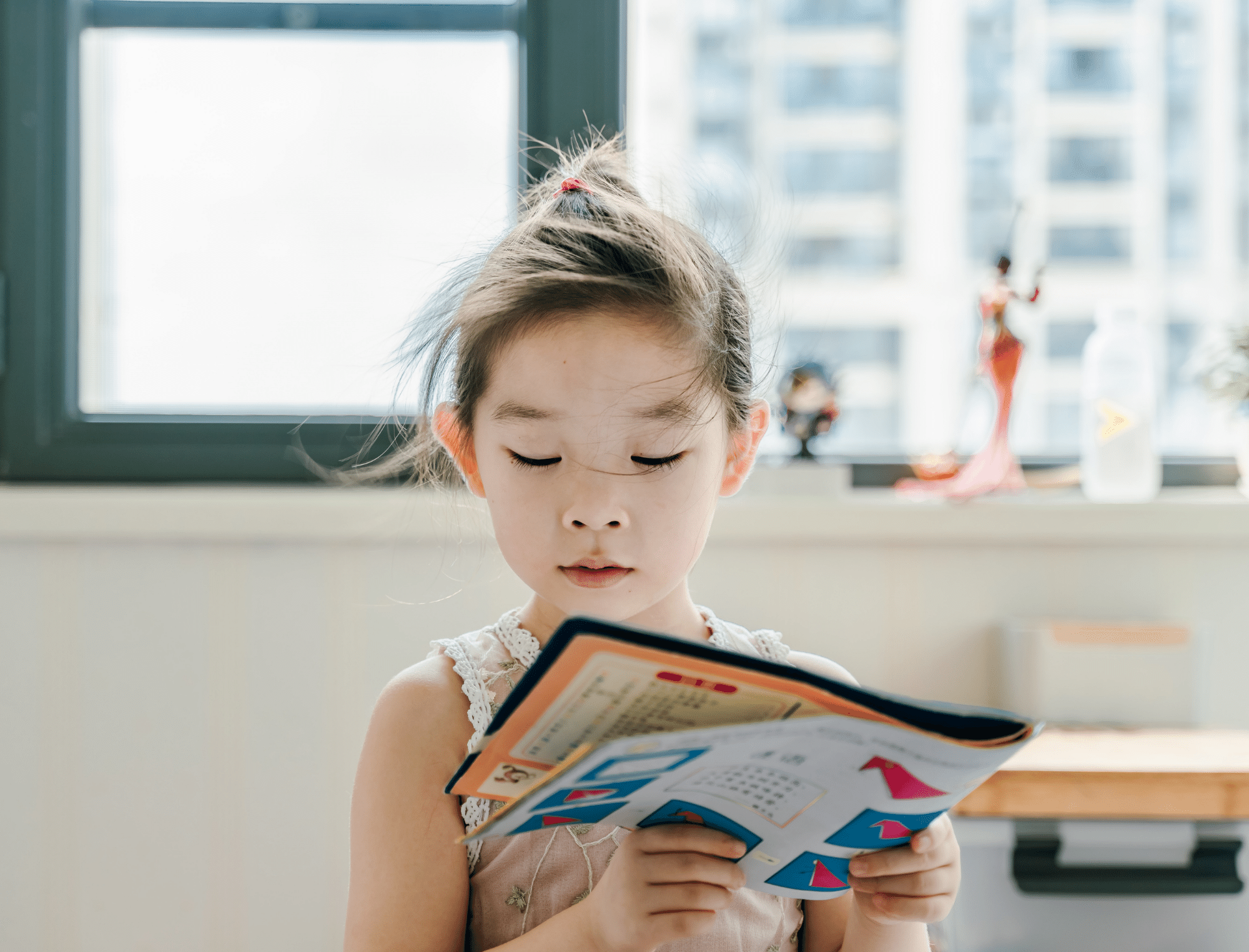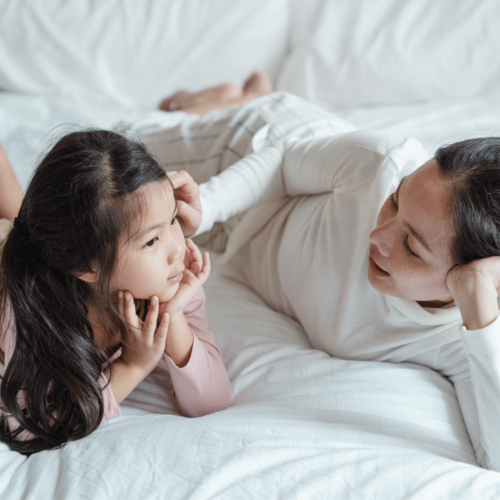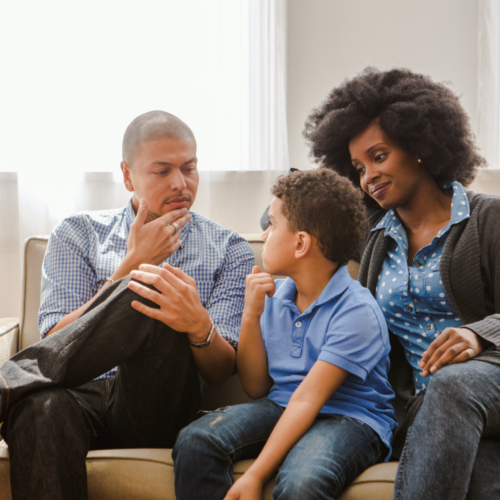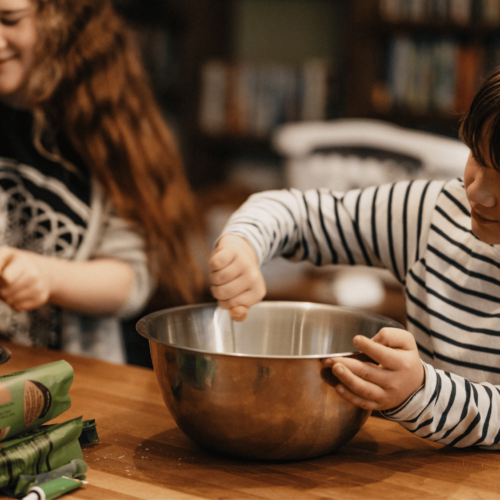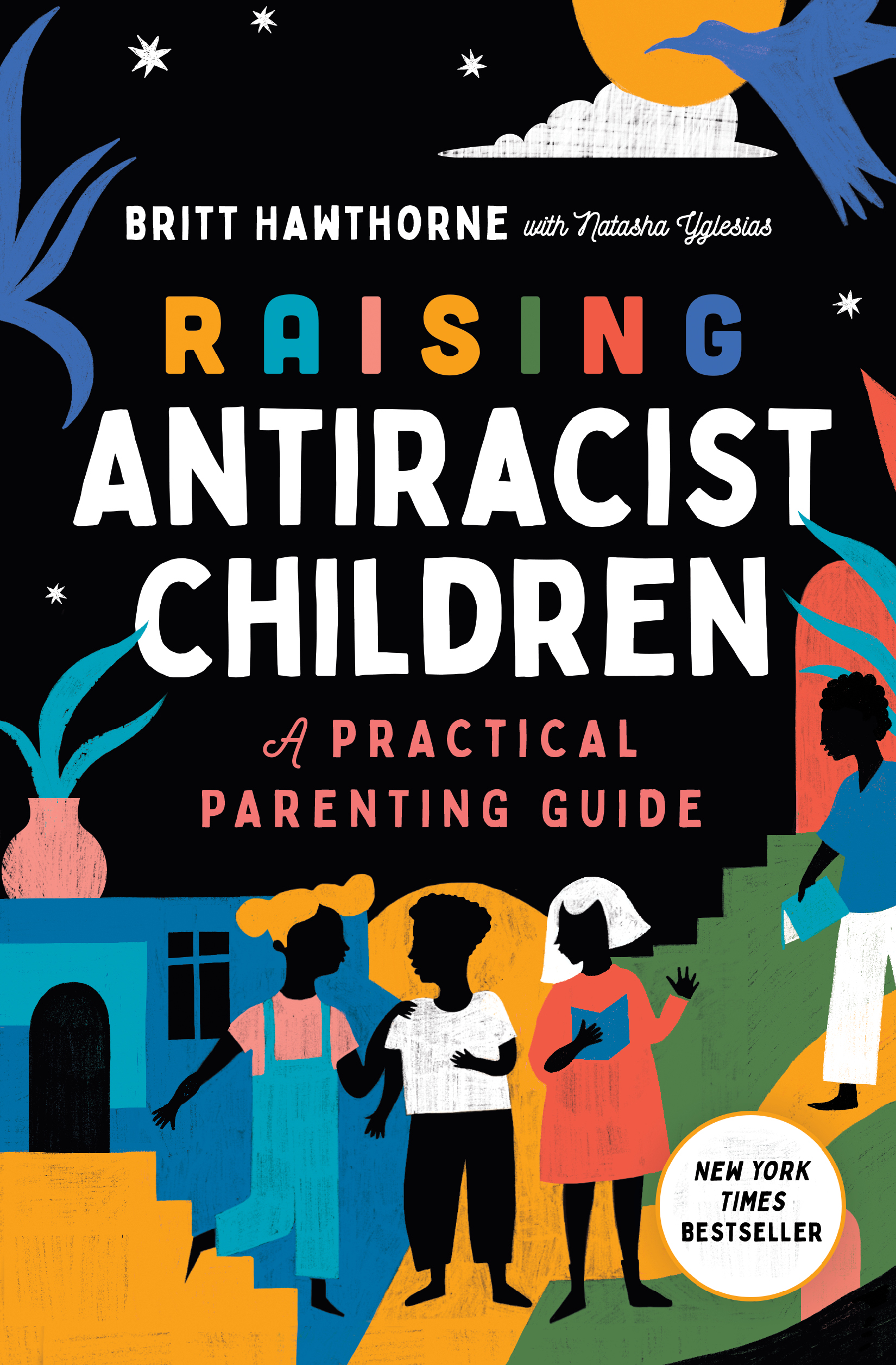It must be a sign! The Colors of Us children’s book has come up twice in one day. First, a fellow member of Collective Liberation asked people for advice about the book. After writing a “short” comment that only took me two days to draft (haha), I noticed this book showed up on a school-wide Anti-Bias and Antiracist (ABAR) reading list. I had the best conversation with the director of the steering committee and thought it may be helpful to share some of the highlights here with you. Learn why I don’t recommend The Colors of Us children’s book for your ABAR reading list and how it is an example of objectification theory in children’s literature.
The Colors of Us Children’s Book: An ABAR Book From the 90s That Hasn’t Aged Well
The Colors of Us by Karen Katz has been a long-time favorite of educators because of the beautiful illustrations and delicious descriptive words to describe brown skin. If the book is new to you, it’s about seven-year-old Lena and her mother observing the variations in the color of their friends’ skin, viewed in terms of foods and things found in nature.
A few years ago, I stopped reading and recommending this book. I know I’m not alone in my feelings and my decision to no longer read this book to my learners.
Before moving forward, I want you to know that this book review is specifically for white folks and educators. While caregivers of color are more than welcome to listen and learn from my notes, this is not geared towards caregivers of color.
Let me start by acknowledging that The Colors of Us children’s book was a product of its time. I appreciate the intentional attempt to affirm brown skin tones and to offer much-needed representation in the 1990s. I also appreciate how Katz chose to support the child’s development to express and explore skin tones through possible real-life examples. However, this book has not aged well.
Why The Colors of Us Children’s Book Hasn’t Aged Well
One of the major goals of antiracism is to center and support people of the global majority. Karen Katz (from what I can tell) is a white woman. Today, we have plenty of books written by people of the global majority that are affirming and beautiful—focused on skin tones and racial identity. We have the opportunity and responsibility to support and center authors and illustrators of color.
A few more reasons why this book is a no for me:
1. It Lacks Science
Discussing skin and skin tones can be simple biology lessons. Skipping over these scientific lessons does not lend to young children’s need for understanding the world around them—or even understanding themselves. A solid book should both affirm a child’s skin tone and offer a scientific explanation. When Lena asks her mom
2. It Leads to Racial Fetishization
According to Janice Gassam Asare in her Forbes article “What Is Fetishization And How Does It Contribute to Racism?“, “Fetishization can be thought of as the act of making someone an object of sexual desire based on some aspect of their identity.” In Tayi Sanusi’s Elite Daily article, “You Could Be Fetishizing Your Dates Without Even Knowing It,” we learn that “the history of racial fetishizing can be traced back to colonization and slavery.” Quoted in Sanusi’s article, Dr. Donna Oriowo explains that “the act of making someone a fetish is steeped in white supremacist patriarchy, which says you can own anything and anyone for your own pleasure.” Describing Black and brown children as things we consume contributes to fetishization.
I’m not saying that a child’s granddaddy who calls them “lil’ suga” is the issue. The concern is when an educator (who is most likely white) teaches and gives language to their learners to describe brown and Black people as food.
There’s a clear difference between caregivers giving their children cute names and an educator doing it. We have a responsibility to use descriptions that offer learners dignity and that provide accurate language.
3. It Objectifies Black and Brown Children
This book contributes to objectification by only focusing on the observer’s perception and observations. In addition, it goes hand-in-hand with colonization and consumerism. Coffee, sugar, and chocolate were all goods in the slave trade and fueled the wealth of European nations. To continue to compare Black and brown children to the products their ancestors were in bondage to harvest is an insult.
A Tip For Educators: Let Children Name Their Own Skin Tone
As educators, we are looking to support the child’s development of a positive racial identity. Young children can make their own skin tone paint. Once they have matched their skin, learners can label their skin tone instead of allowing the world to label them. If or when a child chooses a food-based comparison, we can accept it. And, we can also practice and model “the rich language of brown.”
Remember, girls and women, especially women of color, are already experiencing high levels of objectification. It reduces girls to being seen as objects and possessions. According to an article in Psychology of Women’s Quarterly, “Objectification theory posits that girls and women are typically acculturated to internalize an observer’s perspective as a primary view of their physical selves. This perspective on self can lead to habitual body monitoring, which, in turn, can increase women’s opportunities for shame and anxiety, reduce opportunities for peak motivational states, and diminish awareness of internal bodily states.”
We have a responsibility to use descriptions that bring forth dignity, provide the learner’s peer with accurate language, and support the formation of identity.
The Colors of Us Shows a Lack of Experience in Relating to Brown Skin
Here’s the bottom line: it’s discomfort and inexperience that are my overall issues with The Colors of Us children’s book.
White folks who rely solely on food comparisons to describe brown skin tones show their inexperience with describing, talking about, and relating to brown skin.
Having worked with a few thousand white educators, my experience is that white educators are uncomfortable with describing brown and Black skin tones and overly rely on food comparisons instead of practicing “the rich language of browns.” I strongly recommend moving away from associating browns with chocolate and food. If the child makes the association on their own, I would work to introduce the child to other non-edible names. We want to move away from likening Black and brown skin tones to consumption and fetishization.
ABAR Alternatives to The Colors of Us Children’s Book
Looking for alternatives to The Colors of Us children’s book? Try these books instead:
1. Our Skin by Megan Madison, Jessica Ralli, and Isabel Roxas
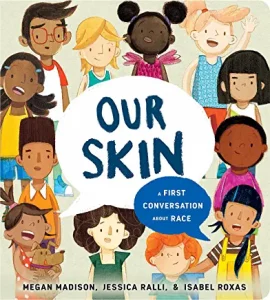
2. Skin We Are In by Sindiwe Magona and Nina C. Jablonski
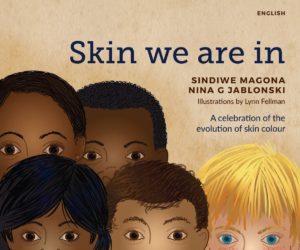
3. Different Differenter by Jyoti Gupta and Tarannum Pasricha
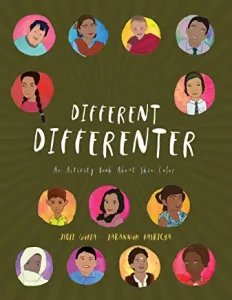
4. Book Skin Again by Bell Hooks
